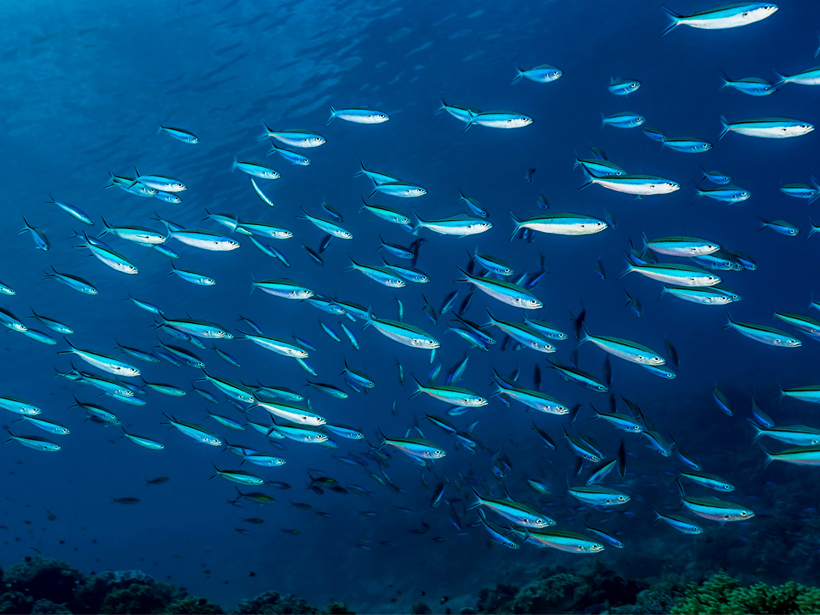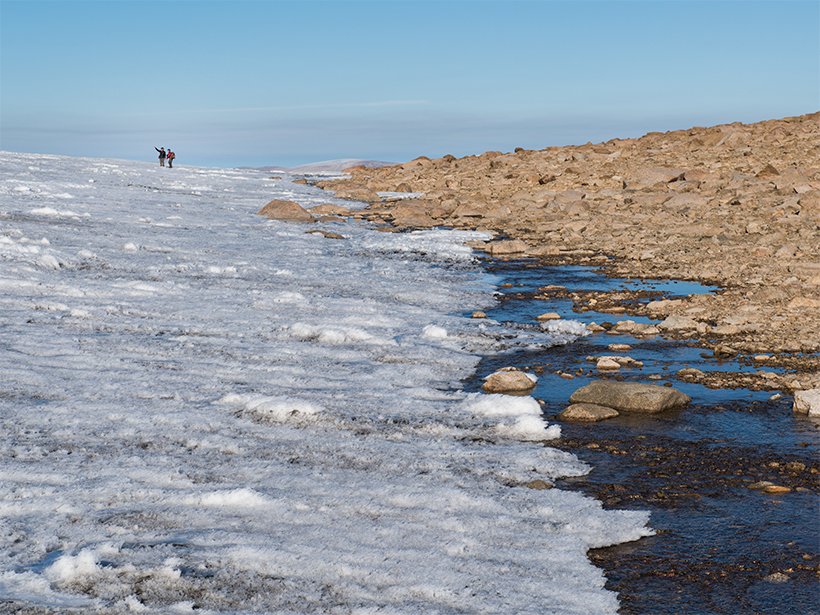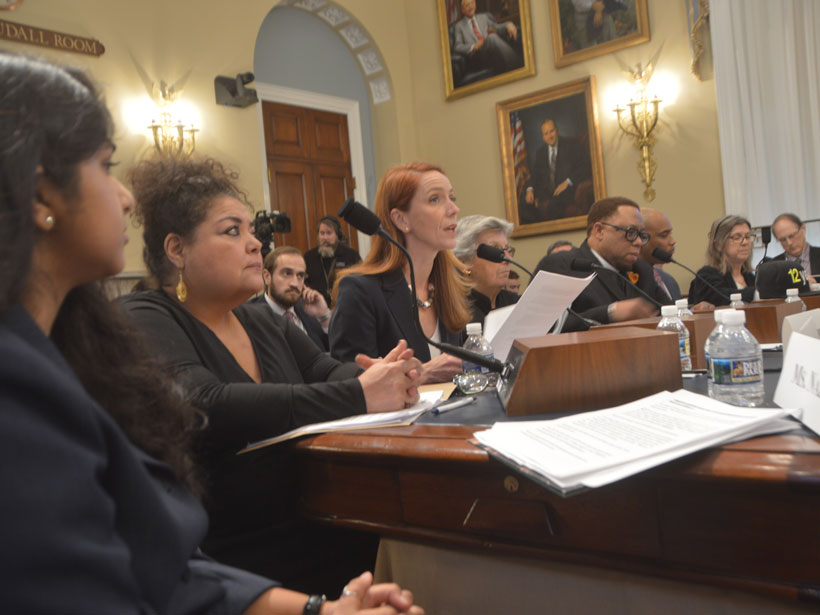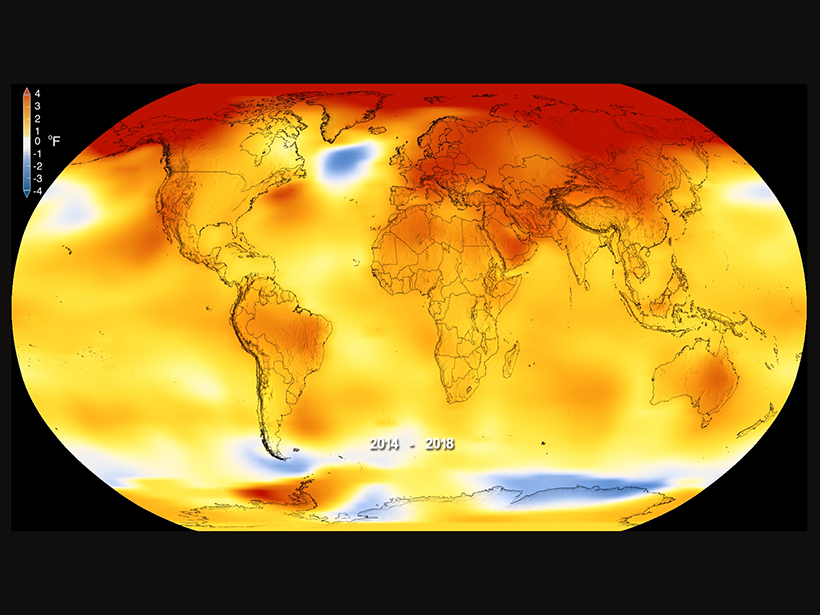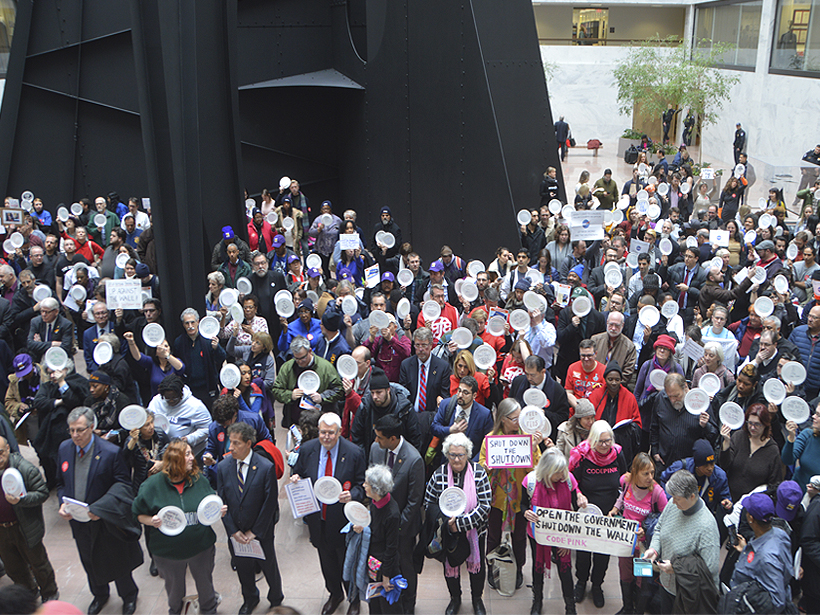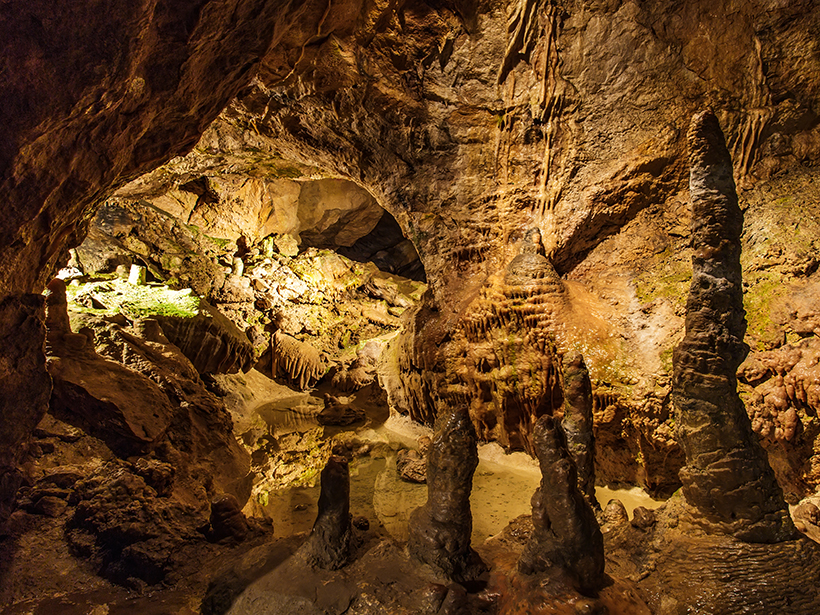Backed by new Democratic congressional leadership determined to focus on science, experts call for swift action to avoid or limit irreparable environmental harm.
News
The Deep Blue Sea Is Getting Bluer
Ocean color will intensify in the next century due to global warming altering phytoplankton communities.
Modern Warming Is Undoing Millennia of Arctic Ice Cover
Plants and rocks at the edges of glaciers have been entombed in ice for more than 40,000 years. Modern warming, unmatched in 115,000 years, is now uncovering these landscapes.
Democrats Move Forward with Climate Hearings
House Natural Resources chair says the committee is turning the page “from climate denial to climate action.”
Future Mars Rover Named for DNA Pioneer Rosalind Franklin
The rover will explore a once water rich region on Mars’s surface and search for evidence of current and past life.
Scientists Discover Evidence of Long “Ocean Memory”
Measurements from a 19th century scientific expedition have revealed that the deep Pacific waters are cooling from lower global temperatures centuries ago.
2018 Is the Fourth-Hottest Year on Record
The climate is continuing to heat up, say NASA and NOAA, and 2018 is no exception.
Trump’s State of the Union Address Ignores Climate Change
President is faulted for failing to mention climate change and the impacts of the government shutdown on science.
Science Agencies Play Catch-Up After the Shutdown
The National Science Foundation assesses the impact of the shutdown and prepares for another possible lapse in funding.
The Akkadian Empire—Felled by Dust?
Chemical measurements of a stalagmite from a cave in Iran reveal a large uptick in dust activity in northern Mesopotamia roughly 4,200 years ago, coincident with the decline of the Akkadian Empire.

